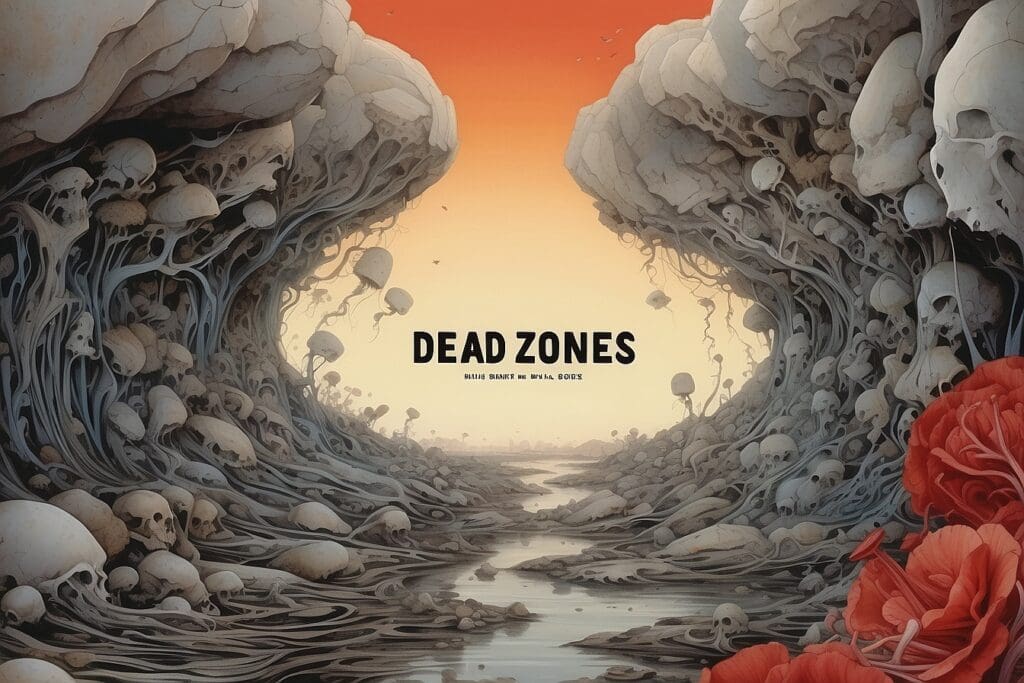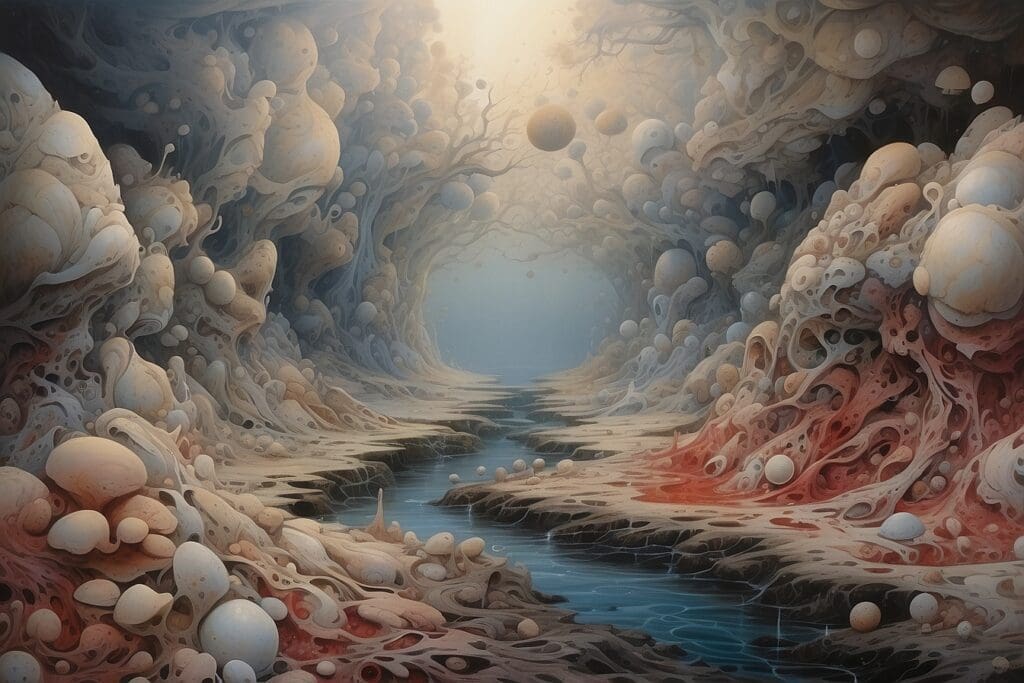No, “dead zone” is not the title of some new horror movie… but that doesn’t mean dead zones aren’t horrifying. We’re talking about ocean dead zones and they are seriously scary.
What is a Dead Zone?
Dead zones are hypoxic or anoxic—meaning low or completely zero concentrations of dissolved oxygen—areas that form in the world’s oceans. Dead zones were first noticed in the early 1970s when scientists from Louisiana State University discovered an area in the Gulf of Mexico that didn’t have any fish. Throughout the 1970s and 1980s very few people other than scientists took note of dead zones. However, in 1993 a massive flooding event shocked politicians and average citizens into action when the dead zone in the Gulf of Mexico DOUBLED and did not return to pre-flood size. By 1997, the problem was serious enough that President Clinton launched the Mississippi River/Gulf of Mexico Watershed Nutrient Task Force. The Task Force was asked to determine what causes dead zones and what could be done to stop them from forming and growing.1
The Task Force reported that although hypoxic zones can occur naturally, there are hypoxic areas created or enhanced by human activity, including the zone in the Gulf. The main cause of these zones is excess nutrients, especially nitrogen.3 Nitrogen can enter streams, rivers, and ultimately the ocean as:
- Common fertilizer that has run off lawns and agricultural areas during storm events;
- Animal waste, industrial and sewage treatment wastewater; and
- Atmospheric pollution from the burning of fossil fuels.4

A glut of nitrogen in a body of water leads to an explosion of algae growth, also known as eutrophication. As algae sinks in the water it is decomposed by bacteria, a process that consumes oxygen dissolved in the water. Ultimately, oxygen levels are so depleted that there is no supply left to support healthy marine life.5 As of the year 2008, scientists had documented 400 dead zones in the oceans of the world, covering 95,000 square miles of ocean. That’s an area that is more than half the size of California!6
Tour of a Dead Zone
Marine scientist Nancy N. Rabalais describes the experience of diving into a dead zone as eerie: “I see nothing…maybe a few fish near the surface, lots of dead animals and stringy bacterial mats on the bottom.”8 Although one would expect that fish and other sea creatures living in a part of the ocean that receives a sudden influx of oxygen-depriving nutrients would try to flee potential suffocation, many studies have documented that nitrogen quickly renders surrounding fish unconscious. Slow moving creatures on the bottom of the ocean like clams, lobsters, and oysters are unable to escape. In cases where fish do survive in hypoxic environments, they often have reproductive problems down the road including decreased size of reproductive organs, low egg counts, and lack of spawning.9
Dead Zones and Climate Change
As world population and food production increase, the dead zones of the world are likely to increase in number and extent.10 As climate change continues, more and more of the carbon dioxide released into the atmosphere will dissolve into the ocean. When this happens, marine animals will need more oxygen to survive. To make matters worse, as ocean temperatures increase due to climate change, less oxygen can be carried from the surface down into the depths.11
One study by scientists at the University of Copenhagen predicts that global warming could cause dead zones to grow by a factor of ten or more by the year 2100. Dead zones currently make up about 2% of the world’s oceans. In the worst-case scenario, dead zones could encompass more than a fifth of the world’s oceans.12
Dealing with Dead Zones
Dealing with the world’s dead zones and related fishery collapses will be an increasingly difficult challenge for states and nations to undertake. Convincing farmers to reduce fertilizer use is a monumental task that challenges farming methods that have been in place since just after the Second World War. And, in most cases, limiting nutrient input into rivers is a jurisdictional nightmare. Without federally imposed solutions, states must come together and agree on limits, then they must appeal to Congress separately to fund plans to upgrade sewage treatment plants, install new wetlands and forest buffers along waterways, and develop programs to use fertilizer more efficiently. In the year 2000, the Mississippi Delta alone needed about $1 billion dollars in upgrades to decrease the area of the dead zone in the Gulf of Mexico 30% by 2015. The unfortunate news is that almost no projects have been funded as of yet.13 We have to hope that dead zones are dealt with before there is no longer a way to reverse the damage done to our planet’s waters and marine life.





